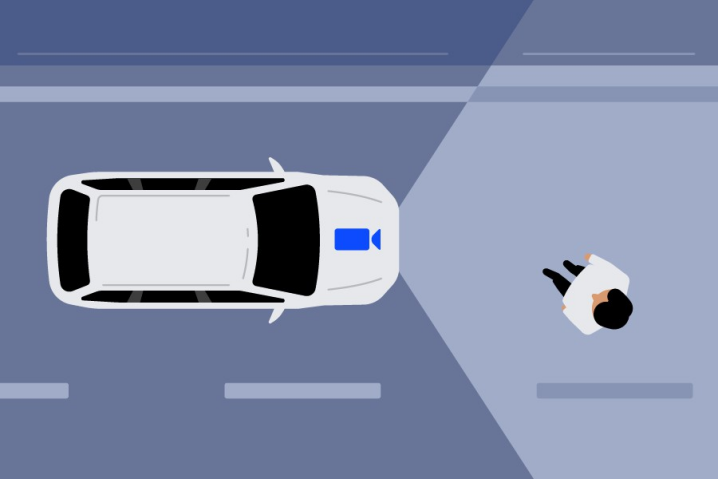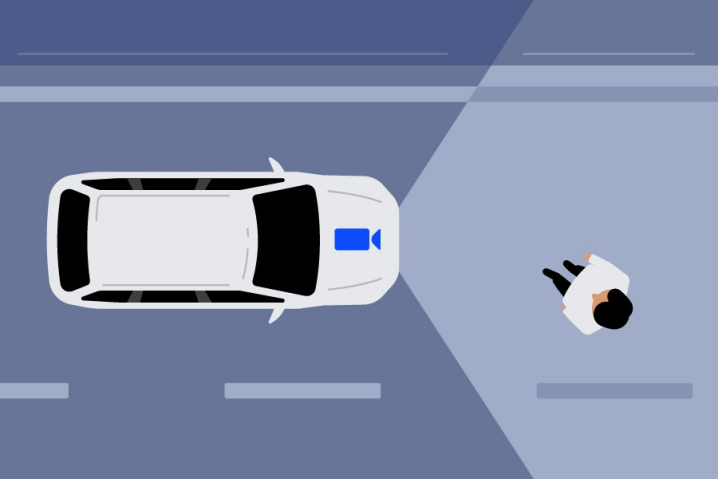Article by Yi Han Wu
Edited by Xianzhi Wu
On November 7, it was reported by Nikkei News that Honda Motor Company will launch experimental tests of ultra-compact electric vehicles (EVs) that can accommodate 1-2 passengers in Joso City, Ibaraki Prefecture. They plan to achieve fully automated driving without high-precision maps within 2-3 years, using only camera image recognition technology and artificial intelligence (AI) technology. Their goal is to achieve commercialization around 2030.
Recently, Honda Motor Company displayed prototype demonstrations of micro-vehicles, including a single-seater micro-vehicle (like a small phone booth), a two-seater micro-vehicle, and a four-seater vehicle. According to Japan’s Yano Economic Research Institute, the market for ultra-compact transportation vehicles is predicted to reach 11,450 vehicles in 2025 and expand to 102,700 vehicles in 2030, based on Japan’s market situation. Honda plans to achieve commercialization in the same year, perhaps wanting to catch up with this wave of expansion.
Honda’s Safety Driving Assistance System
Firstly, let’s understand what camera image recognition technology and artificial intelligence (AI) technology are.
Honda’s automated driving technology adopts its Collision Mitigation Brake System (CMBS) to provide safety support. The introduction stated that the automated driving system identifies the surrounding environment through the installed ‘sensors’, and there are various sensors available. The most popular sensor on the market currently is the camera, which Honda also chose to use as its automatic driving sensor.
 The camera utilizes image analysis technology, including artificial intelligence (AI), to detect obstacles in the surrounding area. Besides being able to observe other vehicles and pedestrians, the camera can also recognize signal light colors, road traffic signs, and other information. Currently, the company is developing a safety driving assistance system that can integrate information from multiple cameras.
The camera utilizes image analysis technology, including artificial intelligence (AI), to detect obstacles in the surrounding area. Besides being able to observe other vehicles and pedestrians, the camera can also recognize signal light colors, road traffic signs, and other information. Currently, the company is developing a safety driving assistance system that can integrate information from multiple cameras.
On November 5th, Honda released the upgraded and all-encompassing safety driving assistance system, Safety Super Sensing Honda SENSING 360, at the 5th China International Import Expo (CIIE). Compared to the original Honda SENSING, the new system enhances the detection range, recognition precision, and strengthens the accident avoidance capabilities, especially at intersections.
The Honda SENSING 360 system is an L2+ assisted driving system that extends on the foundation of L2 assisted driving. The primary change is the addition of 5 millimeter wave radars that enable a 360-degree observation of vehicles surrounding the car.
In terms of safety performance, the system is upgraded to include a front cross-traffic alert system, especially in areas without signal lights and with high accident rates, to help drivers avoid collision risks.It is reported that Honda SENSING 360 system will be first applied to the new CR-V and Odyssey models in China in 2022 and will complete the installation of the system on all models before 2030. In addition, Honda has stated that it will only launch electric vehicle models in China after 2030, including pure electric, hydrogen fuel cells or hybrid electric vehicles.
As mentioned earlier, Honda plans to achieve high-precision map-free autonomous driving in 2-3 years. So, what is high-precision map-based autonomous driving?
In October 2018, Honda teamed up with General Motors and Cruise in the United States, and its autonomous driving project took its first step. Up to now, the project is progressing in an orderly manner.
In September 2021, Honda began to produce high-precision maps and started to draw maps on the test track in Tochigi.
In May 2022, Honda conducted driving experiments based on the previously drawn high-precision maps, and carried out driving tests on domestically produced vehicles in Tochigi. The plan is to launch autonomous driving travel services in Japan by 2025.
From “multi-sensor integration” to “pure vision”Currently, there are two main schools of thought regarding autonomous driving solutions. One advocates for the “fusion of vision and radar,” while the other advocates for a “pure vision” approach. The integration of multiple sensors aims not only to solve the problem of environmental perception, but also to address the issue of coordination between vehicles, roads, and clouds. The pure vision solution, on the other hand, focuses on solving the challenges of single-vehicle intelligence technology.
Enterprises such as ARCFOX, NIO, and XPeng mainly utilize the “fusion of vision and radar” solution for autonomous driving, while Tesla advocates for the “pure vision” approach. As mentioned above, Honda is currently in the “multi-sensor fusion” phase, but may switch to a “pure vision” route in the future.
If Honda hopes to carve out a place for itself in the highly competitive Chinese market, the challenges it faces only become greater. First, Honda must consider how to rise to the forefront of the many companies competing in China. For its “highly accurate map-free autonomous driving” plan for the future, Honda must also consider how to respond to the formidable opponent that is Tesla.
This article is a translation by ChatGPT of a Chinese report from 42HOW. If you have any questions about it, please email bd@42how.com.
